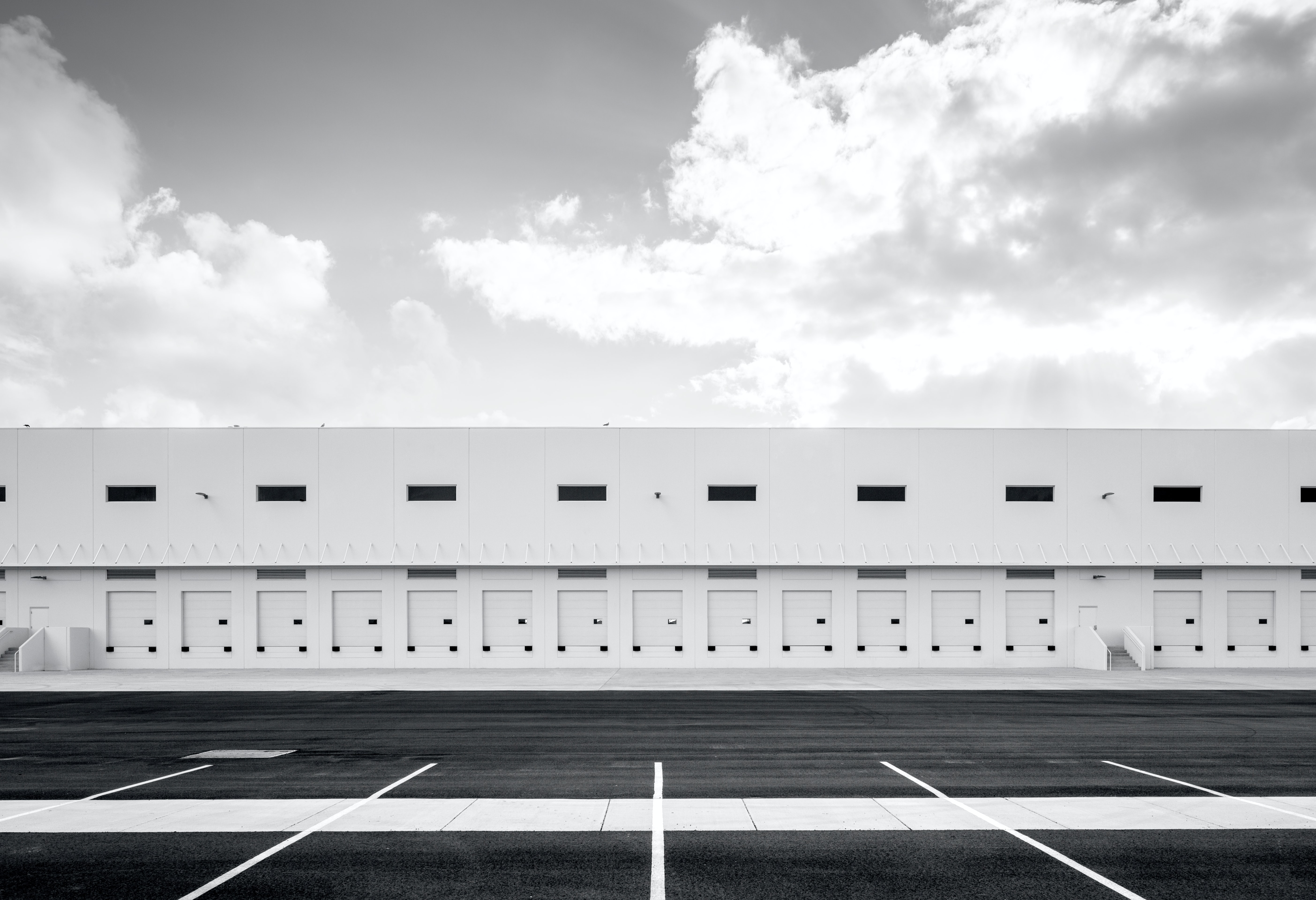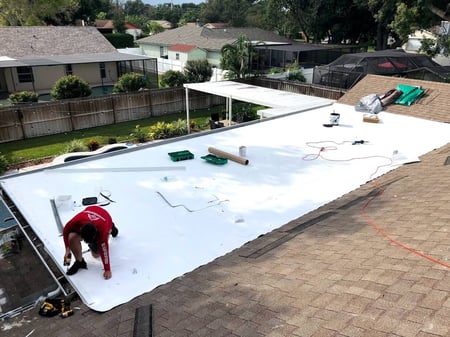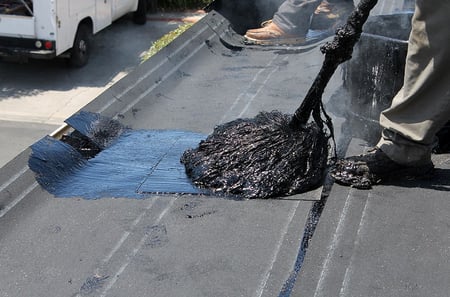
Roofing contractors don’t like admitting it, but some projects can be challenging - especially flat roof repairs. Flat roofs are notoriously tricky due to water drainage issues and leak detection. Unlike sloped roofs, water on flat roofs doesn’t flow off quickly, and leaks often appear far from their source, making repairs difficult, even for experts.
At RoofCrafters, we’ve been tackling commercial and residential flat roof repairs for over 30 years. From minor damages to major leaks caused by installation errors, we’ve seen it all. Our experience allows us to save clients time and money by extending the lifespan of their flat roof systems with solid, dependable repairs.
To determine if your flat roof is repairable, it’s important to understand its material. This article covers single-ply roofing, modified bitumen, and built-up roofs, explaining how repairs work and when they’re feasible. By the end, you’ll go from a flat roof rookie to a semi-pro, ready to navigate the world of flat roof repairs. Let’s dive in!
Selecting and Repairing the Top Flat Roofing Materials
To keep your home safe and in good condition, pick the right material for your flat roof and learn how to fix it. If you're looking for a new flat roof or need to fix an old one, it's important to know about the materials and their maintenance requirements.
- Single-ply roofing (TPO, PVC & EPDM roofing)
- Modified bitumen (rubber roofing)
- Built-up roof (hot tar roofing)
Single-Ply Roofing: Easy Repairs When Conditions Are Right

Single-ply materials like TPO, PVC, and EPDM are among the most common for flat roofs. These membranes come in varying thicknesses (e.g., 45 or 60 mil), with thicker options offering longer manufacturer warranties.
While single-ply roofs are the easiest to repair, success depends on the material’s remaining lifespan. Proper repairs require a clean surface to bond the new material to the old.
For TPO and PVC roofs, the key layer is the “scrim,” which protects against UV damage. If this layer has deteriorated, welding new materials becomes impossible. EPDM roofs, glued or seam-taped together, are harder to repair when old, as they shrink and shift.
Repairs on aging EPDM roofs may buy time but aren’t a long-term fix. However, if the materials are still in decent condition, a skilled roofer can perform durable repairs.
Modified Bitumen Roofs: Asphalt-Based Challenges

Modified bitumen (mod-bit) roofing is a second-generation flat roof system. Unlike its predecessor, hot tar roofs, mod-bit doesn’t require a tar kettle, making it a safer and more accessible option. It’s typically installed using one of four methods: hot tar, cold tar, torch, or self-adhered applications.
Here are the 4 main installation methods:
Here are 4 main installation methods.- Hot tar applied
- Cold tar applied
- Torch applied
- Self-adhered
The repair process depends on the condition of the top layer. If the material is weathered or beyond its useful life, repairs may not hold. However, with proper preparation—cleaning the area and applying an asphalt primer—mod-bit roofs in good condition can be patched successfully. The skill of your roofing contractor is crucial for long-lasting results.
Built-Up Roofs: The “OG” of Flat Roofing

Built-up roofs (BUR), or hot tar roofs, are layered systems of fiberglass and asphalt, often finished with rocks or granules. Repairs to BUR systems depend heavily on the condition of the top layer. While rock-finished roofs are challenging to repair, those with a granule surface or asphalt flood coat are more manageable. As with other flat roof systems, repairs are only viable if the materials retain useful life.
How to Ensure Successful Flat Roof Repairs
Are you feeling more confident about tackling your flat roof repair? To fix single-ply, modified bitumen, and built-up roofs, you need to know about them. Whether your flat roof can be repaired depends on its material, the extent of the damage, and its condition.
To make a clear decision, connect with a trusted local roofing contractor for an inspection. They can check the damage, guide you through the necessary steps, and help you determine if a repair is a viable solution for your flat roof.
Now that you are officially a semi-pro flat roof repair consultant, on single-ply, modified bitumen, and built-up roofing, you have a better understanding of if they can be repaired, and how the repairs will be executed. At the end of the day, it will largely depend on the specific type of flat roof you have, the type of damage done to your roof, and the extent of that damage.
If this article has you feeling a new sense of hope regarding your flat roof repair efforts, go ahead and schedule your inspection with RoofCrafters today, and one of our experts will give you an honest inspection to see what your insurance will cover. In the meantime, browse the extensive resources listed in our learning center. We recommend reading, "How Long Do Roof Repairs Last" so that you can better understand the lifespan of your roof repair.
My name is Mitch, and I have over 10 years of roofing experience. I enjoy my career in the service industry because I love helping others take care of their homes and businesses. With over 10 years in the roofing industry, my success comes from my honesty and integrity during my roof inspections. I do my best to listen to the needs of my clients and strive to provide an awesome client experience.



